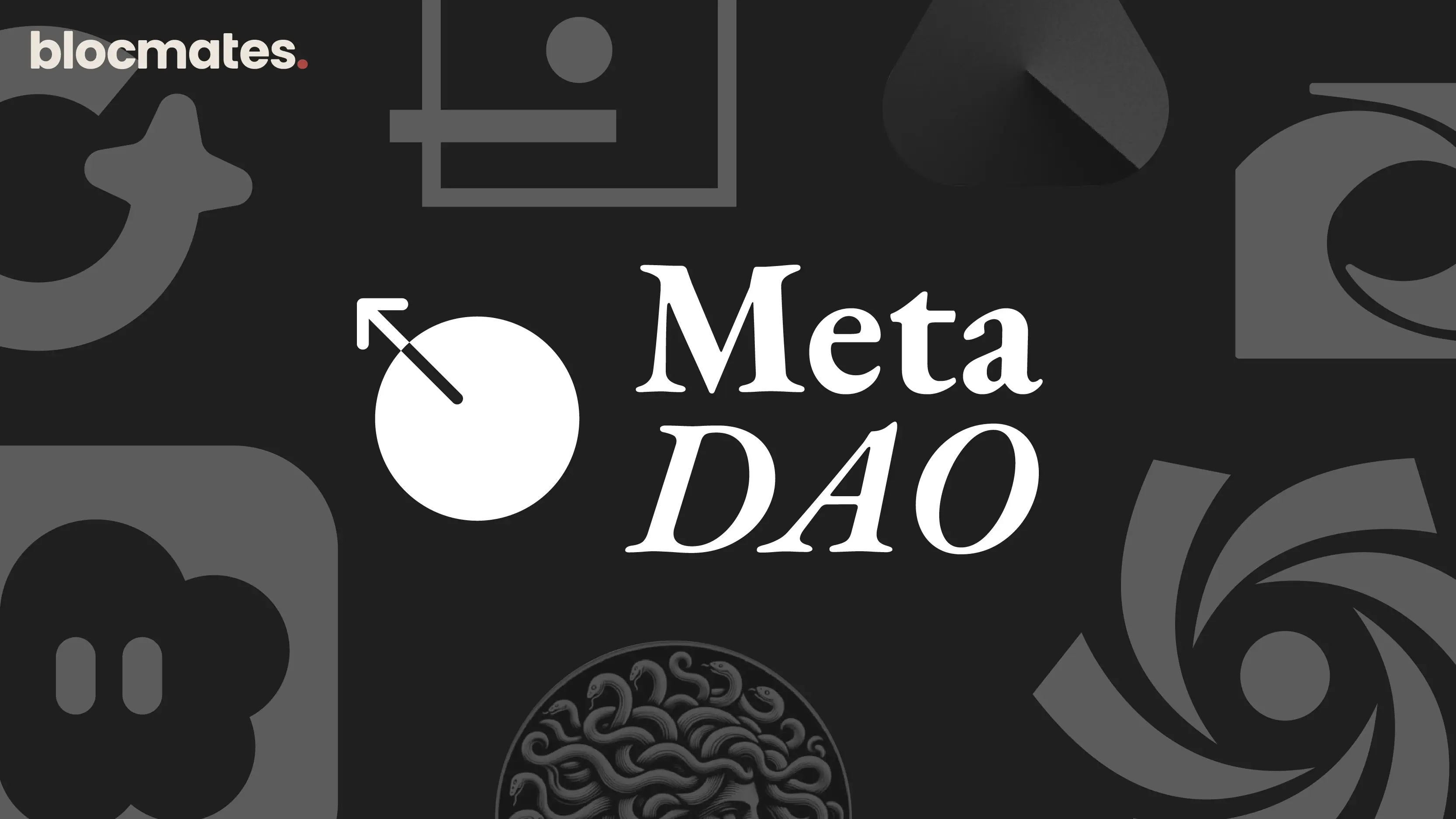Why has Polygon moved from MATIC to POL?
Greetings apes and apettes!
Today, we have some exciting developments to cover from the Polygon camp. Most of you should already be familiar with Polygon by now, but a little refresher for the uninitiated never hurts.
Polygon PoS launched in 2020 as an Ethereum sidechain. Since then, it has undergone many changes and worn many hats, but ultimately, it operates as more of an Ethereum layer 2 in its current stage.
Polygon has had a relatively successful year. Since the start of the year, the network has processed roughly 3M transactions daily and seen roughly 66M new addresses created.
Well, now, the protocol is beginning yet another major shift: the upgrade of the MATIC token to the POL token.
However, to understand why this shift is happening, we need to first understand the broader change to the underlying infrastructure: the AggLayer.
What is the Polygon AggLayer?

The AggLayer is short for aggregation layer.
This is the next phase of the protocol's development after introducing Polygon PoS, Polygon zkEVM, and Polygon CDK.
The concept is simple: aggregate liquidity, users, and state.
Open-source development is at the heart of this industry, but it also means that we see a plethora of similar products.
We currently have a ton of blockchains, and in this multichain world, fragmentation is a big issue. Fragmentation of users and liquidity means that overall user experience will always be subpar.
As a solution, Polygon has combined the best elements of monolithic chains and modular chains to create the AggLayer.

The AggLayer can essentially be considered this common foundation between multiple sovereign chains.
It consists of two components:
- A common bridge
- A ZK mechanism
The common bridge ensures that all sovereign chains connected to the AggLayer can interoperate seamlessly and share liquidity without much fuss. Using ZK proofs here guarantees the security of transactions and the overall network.
This way sovereign chains connected to AggLayer can enjoy modular chains' scalability with monolithic chains' reliability.
With that in mind, let’s now jump into the token upgrade.
What is the Polygon MATIC to POL upgrade?

One reason for this upgrade is to usher in a new generation of hyperproductive tokens.
What the hell does that mean?
Well, if BTC is a first-generation token in which holders don’t really get any role in the network, then ETH is a second-generation token in which the token is more productive, as people can stake it to become validators.
The new POL token will be a third-generation hyperproductive token because, just like Ethereum, its holders can stake and become validators for a reward.
However, they can also validate multiple chains across the AggLayer, get different roles for each of these sovereign chains, and earn rewards from multiple chains at once.
Think of it as Ethereum PoS on steroids.
The ultimate aim of the POL token is to be the lifeblood of the AggLayer. All holders are incentivized to stake and broaden the PoS pool, as multiple chains can be validated through one stake offering supercharged rewards.
But beyond this, Polygon will also provide validator incentives to ensure it gets as many validators as possible. More validators mean it’s more decentralized, which is always a good thing, but in this new system, POL allows the validator pool to scale to allow thousands of chains.
So not only will the validator pool be sufficiently decentralized, but everyone can eat well as multiple chains can be validated at once.
Oh, and also, I know this goes without saying, but POL will be the native gas token of the Polygon PoS network going forward, so the upside from that front is also tremendous.
How do I upgrade my MATIC tokens to POL?
The upgrade will take place on September 4, 2024.
Those of you holding MATIC tokens may want to know how to upgrade your tokens to POL.
Well, first of all, don’t fret. There is no deadline for users to upgrade, so if you’re reading this a year late, you can still make this upgrade.
MATIC on Polygon PoS
If you’re an active Polygon user and have MATIC on Polygon PoS, there’s nothing for you to do. The network will automatically change all your MATIC tokens to POL, and you can continue as you were.
The only thing to change is the name MATIC in your wallet to POL.
MATIC on Ethereum
If you hold MATIC on Ethereum, you have to use the Polygon portal’s migration interface.
Once you’re here, switch your wallet network to Ethereum and connect your wallet to the UI. Select all the MATIC you hold for conversion to POL and click ‘upgrade.’
Approve the transactions in your wallet, and once the migration transactions are complete, you will receive your POL tokens.
MATIC on Polygon zkEVM
The process is fairly simple zkEVM users. Just use the Polygon Portal to bridge tokens from the zkEVM to Ethereum.
Once done, follow the same steps as above and swap your MATIC to POL on Ethereum.
MATIC stakers on Ethereum
You don't have to worry if you’ve been staking MATIC, either. The process is simple.
All staked MATIC will automatically be converted to POL on September 4, when the upgrade goes live.
Concluding thoughts
That’s all for this one, folks.
I'm excited to see how the AggLayer concept plays out with this new POL token. It should do well, but it will be interesting to see how many validators/stalkers the pool gets in the early stages.
That said, make sure to follow Polygon on X to stay up to date with all the latest updates about the POL upgrade.















.webp)

.webp)
.webp)

%20(1).webp)



























































%202.webp)


.webp)

.webp)
.webp)
.webp)



.webp)












%20the%20Next%20Big%20Unlock%20in%20AI.webp)




.webp)
.webp)

.webp)
.webp)
.webp)


.webp)
.webp)










.webp)


.webp)









.webp)







.webp)




.webp)


























.webp)







.webp)















.webp)

.webp)
.webp)

.webp)














.webp)

.webp)


.webp)








.webp)




